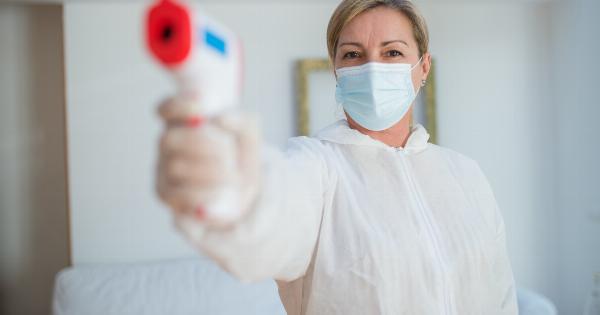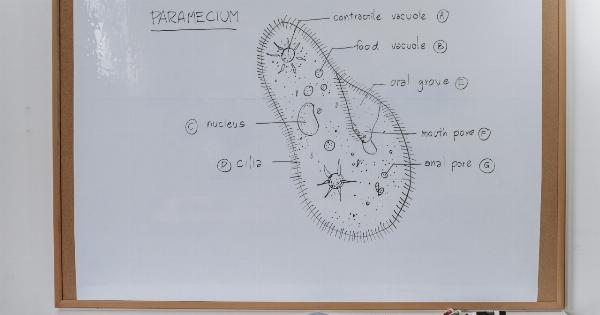Human Papillomavirus (HPV) is a common sexually transmitted infection (STI) that affects both men and women. It is transmitted through vaginal, anal, or oral sex, as well as through sharing sex toys.
HPV is so common that nearly all sexually active individuals will get it at some point in their lives. In most cases, the body’s immune system will clear the virus on its own without causing any health problems. However, certain strains of HPV can cause various types of cancer if not properly managed.
This article provides an overview of HPV and its link to cancer.
What is HPV?
HPV is a group of more than 200 related viruses, with over 40 strains affecting the genital area. Some strains of HPV can cause warts on the genitals, while others can lead to cancer. Genital HPV infections are classified as low-risk or high-risk.
Low-risk HPV strains usually cause benign warts, whereas high-risk strains are associated with the development of various types of cancer.
HPV and Cervical Cancer
One of the most concerning links between HPV and cancer is its association with cervical cancer. In fact, nearly all cases of cervical cancer are caused by HPV infection.
Persistent infection with high-risk HPV strains, such as types 16 and 18, can lead to precancerous changes in the cervix. If left untreated, these changes can progress to cervical cancer, which can be life-threatening.
HPV and Other Types of Cancers
While cervical cancer is the most well-known cancer associated with HPV, the virus can also cause other types of cancers.
These include cancers of the vulva, vagina, penis, anus, and oropharynx (the back of the throat, including the base of the tongue and tonsils). High-risk HPV strains are responsible for most of these cancers as well. It’s important to note that not everyone infected with high-risk HPV will develop cancer, but the risk increases significantly.
Prevention and Vaccination
Fortunately, there are preventive measures available to reduce the risk of HPV infection and subsequent cancer development. The most effective way to prevent HPV infection is through vaccination.
The HPV vaccine is available for both males and females, starting as early as nine years old. It is recommended to receive the vaccine before becoming sexually active for maximum protection. The vaccine offers protection against the most common high-risk HPV strains that cause cancer.
Aside from vaccination, practicing safe sex by using condoms consistently and correctly can help reduce the risk of HPV transmission. However, since HPV can infect areas not covered by a condom, the risk of transmission is not completely eliminated.
Regular cervical cancer screenings, such as Pap smears or HPV tests, are crucial for early detection and treatment of precancerous changes in the cervix, reducing the risk of cervical cancer development.
HPV Management and Treatment
For individuals diagnosed with high-risk HPV infection or precancerous changes, close monitoring and appropriate management are essential.
Depending on the severity of the condition, treatment options can range from watchful waiting to surgical procedures. Cryotherapy, laser therapy, and loop electrosurgical excision procedure (LEEP) are commonly used to remove abnormal cells or lesions before they progress to cancer.
In cases where cancer has already developed, various treatment modalities are available, including surgery, radiation therapy, and chemotherapy. The specific treatment approach depends on the type and stage of cancer.
It is important to consult with a healthcare professional for an accurate diagnosis and personalized treatment plan.
HPV and Men’s Health
Although HPV-related cancers are more commonly discussed in the context of women’s health, it’s important to acknowledge that men are also affected by the virus.
While most HPV infections in men clear on their own without causing any symptoms or health problems, some infections can lead to genital warts, anal cancer, and oropharyngeal cancer. Men who have sex with men, as well as individuals with weakened immune systems, are at a higher risk of developing these complications.
Conclusion
HPV is a common viral infection that can lead to various types of cancer. Cervical cancer is the most well-known and closely linked cancer to HPV infection, but the virus can also cause cancers of the vulva, vagina, penis, anus, and oropharynx.
Vaccination, safe sex practices, and regular screenings are crucial for prevention and early detection of HPV-related cancers. Close monitoring and appropriate management are essential for individuals diagnosed with high-risk HPV infection or precancerous changes.
It is important for both men and women to understand the risks associated with HPV infection and take proactive measures to protect their health.





























